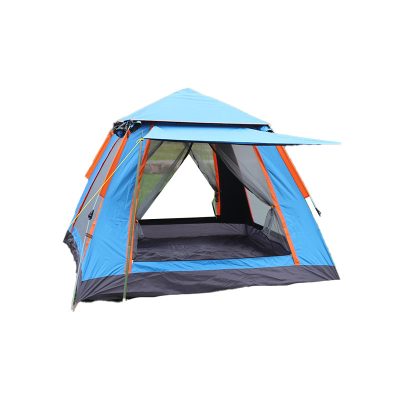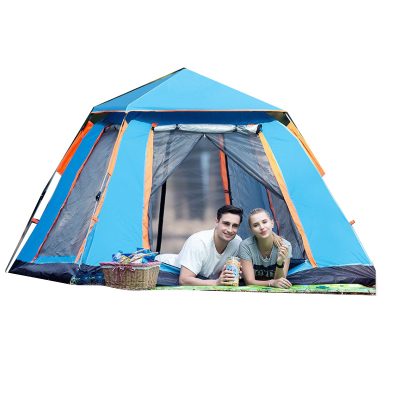Due to the different requirements of travelers, tents are divided into different structural forms in design, which can be divided into single-room structure and canopy structure. The space of the single-room structure is only designed for sleeping, focusing on reducing the volume and reducing the weight, while the tent with a canopy structure is equipped with a canopy-style outer hall in addition to the sleeping space, which is more superior in terms of wind and rain protection. In addition to sex, there is also space for storing equipment.
The rain cloth or outer tent of the tent is made of waterproof nylon cloth to resist the infiltration of rainwater. The tent with good waterproofness will stick waterproof glue on the stitching part to increase the waterproofness; the fabric of the main tent or inner tent is not as waterproof as the outer tent. tent, but there will be good ventilation. The ground cloth of the tent, like the outer tent, must be able to prevent moisture from infiltrating from the surface, so the waterproofness of the ground cloth is necessary, and you must pay attention when choosing.
The color of the tent will affect the light and temperature inside the tent. High-brightness tents have higher light transmittance and higher heat conduction; low-brightness tents will have poor light transmittance and block some sun. The natural heat source provided to us affects the activities of individuals in the tent, and the difference between the two is more felt in bad weather.
When purchasing a camping tent, the size of the camping tent should be considered. Most of the camping tents are 3-4 person tents, which can accommodate 3-4 people. The area in the tent is larger and more comfortable. The area is relatively small, accommodating less than 3-4 people, and the comfort is greatly reduced.

























